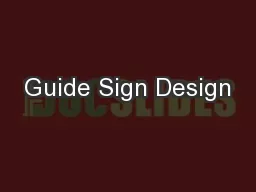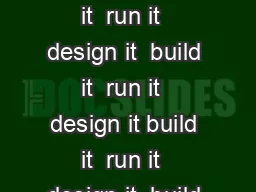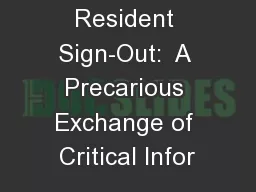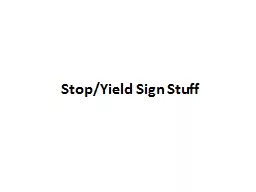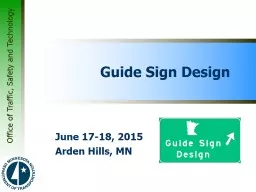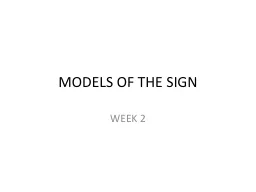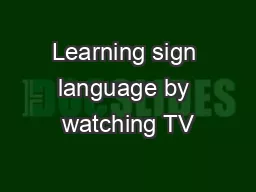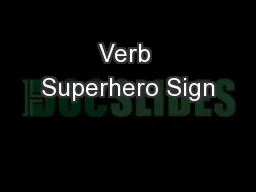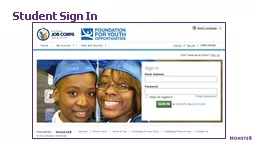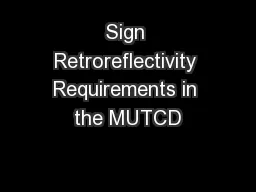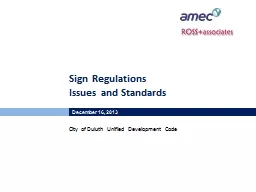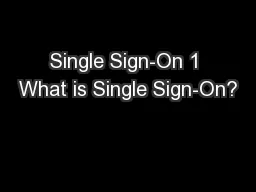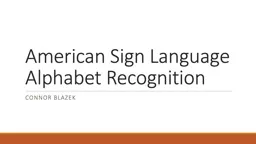PPT-Guide Sign Design
Author : trish-goza | Published Date : 2016-12-23
June 1718 2015 Shoreview MN Topics Panels Sizes Radii Borders Margins Colors Fonts Styles Sizes and Spacings Horizontal and Vertical Spacing Horizontal and
Presentation Embed Code
Download Presentation
Download Presentation The PPT/PDF document "Guide Sign Design" is the property of its rightful owner. Permission is granted to download and print the materials on this website for personal, non-commercial use only, and to display it on your personal computer provided you do not modify the materials and that you retain all copyright notices contained in the materials. By downloading content from our website, you accept the terms of this agreement.
Guide Sign Design: Transcript
Download Rules Of Document
"Guide Sign Design"The content belongs to its owner. You may download and print it for personal use, without modification, and keep all copyright notices. By downloading, you agree to these terms.
Related Documents

